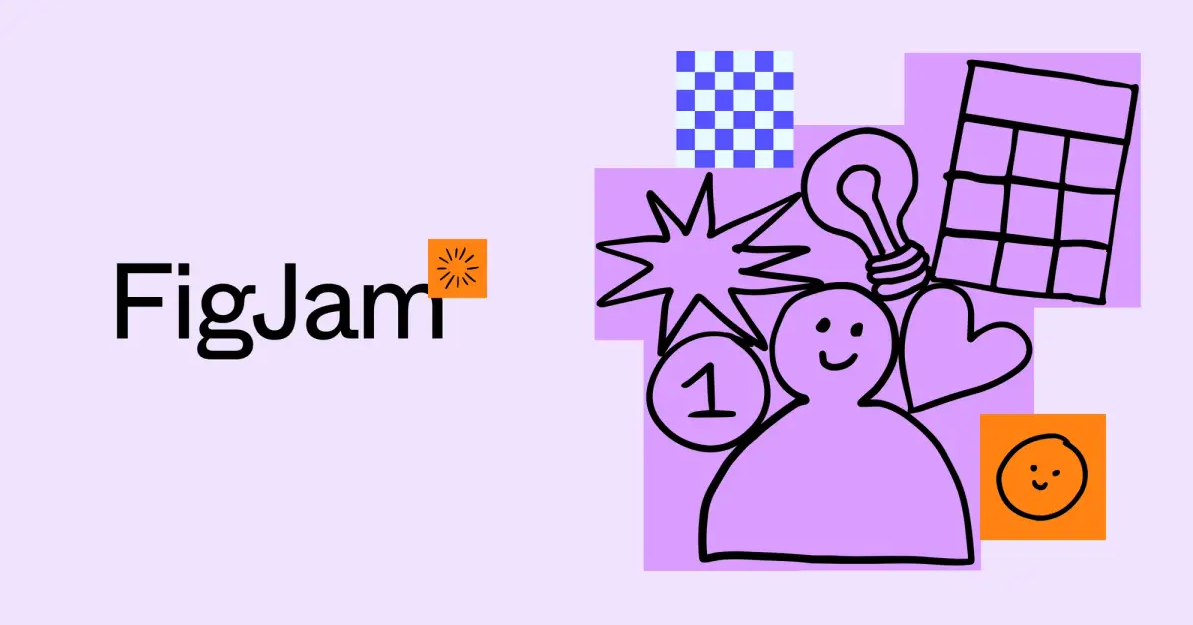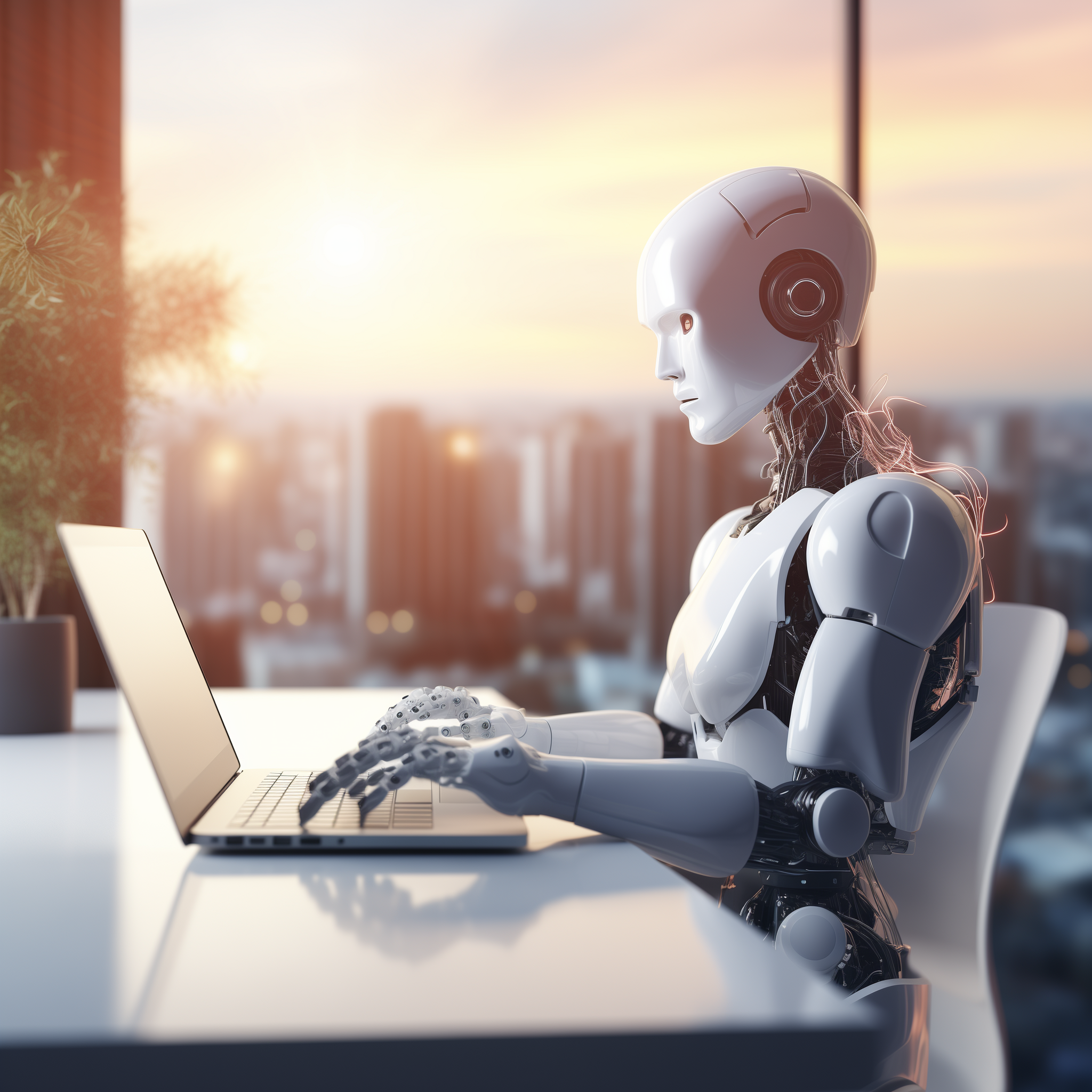Building websites with AI - unleashing design creativity
Table of contents
- The design revolution powered by AI
- A tailor-made toolkit for every design stage
- The synergistic dance: unlocking design potential with AI
- Navigating the Maze: challenges and considerations of AI-powered design
- Mastering the Collaboration: best practices for AI-powered design
- A glimpse into the future: the evolving landscape of AI-powered design
- Conclusion
The design revolution powered by AI
A tailor-made toolkit for every design stage
The AI design landscape boasts a diverse toolkit, with specialized tools catering to different stages of the design process. AI Website Builders like Wix ADI and Squarespace take the initial heavy lifting, generating layouts and designs based on your input, perfect for getting a head start on projects or exploring concepts quickly. Feeling stuck on color palettes or typography? AI Design Assistants like Figma AI (FigJam AI) and Adobe Sensei become your expert consultants, offering data-driven suggestions that spark inspiration and guide your choices. Translating rough sketches into lifelike mockups becomes effortless with AI-powered Mockup Generators like UI Faces and Mockplus, saving you time and effort while allowing you to visualize your ideas with stunning accuracy.
And for crafting compelling website copy, don’t underestimate the power of AI Content Generators like Jasper and Writesonic. These tools assist in writing hero sections, product descriptions, and blog posts, ensuring your website resonates with your target audience while freeing you to focus on the strategic messaging and overall tone. With such a diverse toolkit at your disposal, designers can delve deeper into the aspects that truly make their projects unique and impactful.

The synergistic dance: unlocking design potential with AI
Integrating AI into your design workflow unlocks a treasure trove of benefits beyond mere efficiency. Imagine automating tedious tasks like code generation and repetitive layout adjustments, freeing your mind to focus on the strategic decisions that elevate your designs. This increased efficiency allows you to delve deeper into user research, explore innovative trends, and experiment with cutting-edge techniques, pushing the boundaries of what’s possible. Feeling creatively drained? Enhanced creativity is another gift bestowed by AI. Its ability to generate diverse options and explore new design possibilities helps you break out of your comfort zone, leading to fresh ideas and innovative solutions.
But the magic doesn’t stop there. AI analyzes user behavior and website interactions, providing valuable insights that can be used to improve user experience. Imagine crafting websites that are not only visually appealing but also intuitive, engaging, and tailored to your target audience’s needs. This data-driven approach ensures your designs go beyond aesthetics, creating an emotional connection with users and driving conversions.
Perhaps the most revolutionary aspect is the democratization of design. AI-powered tools have opened doors for individuals with limited design experience to build professional-looking and functional websites. This empowers entrepreneurs, small businesses, and even individuals to build their online presence, fostering a more inclusive and diverse digital landscape.
However, it’s crucial to remember that AI is a tool, not a magic wand. While it can be a powerful ally, human oversight and expertise remain crucial. By leveraging the strengths of AI while staying true to your creative vision, you can unlock a new level of design excellence and push the boundaries of what’s possible in the digital world. Remember, the future of web design lies in the synergistic dance between human creativity and the potential of AI – a collaboration that promises to reshape the digital landscape and redefine the online experience for generations to come.
Navigating the Maze: challenges and considerations of AI-powered design
While AI brings a treasure trove of benefits, it’s important to acknowledge potential pitfalls. One major concern is limited control. AI-generated options, while diverse, might not perfectly align with your vision. Designers may feel restricted, sacrificing complete control over the final design. The allure of automation beckons, but overreliance on AI suggestions carries the risk of generating generic, unoriginal designs. Remember, AI acts as a springboard, not a paintbrush; blindly accepting its every suggestion can stifle your creative voice.
Ethical considerations also emerge. Potential bias in AI algorithms could lead to discriminatory or unfair design outcomes. For example, an AI might suggest colors or layouts that unintentionally exclude certain user demographics. Careful vigilance is crucial to ensure your AI-powered designs are inclusive and uphold ethical principles. Additionally, technical limitations exist. Current AI tools might struggle with complex projects or niche design requirements. Be aware of these limitations and choose tools that align with your specific project needs.
Mastering the collaboration: best practices for AI-powered design
To optimize your AI design journey, start with a clear vision. Define your brand identity, target audience, and website goals before engaging AI tools. This creates a framework for the AI to operate within, ensuring generated options resonate with your overall vision. Next, provide clear instructions. Guide the AI with specific keywords, style references, and desired functionalities. The more specific you are, the more aligned the AI’s output will be with your expectations.
Remember, human oversight is key. Don’t treat AI-generated options as the final verdict. Use them as a starting point, refining them with your creative expertise and ensuring they align with your brand and design goals. Finally, test and iterate. Conduct user testing and gather feedback to see how the AI-assisted design resonates with your target audience. Use this feedback to refine your design and ensure it achieves your desired outcomes.

A glimpse into the future: the evolving landscape of AI-powered design
AI stands poised to revolutionize web design. As the technology matures, we can expect even more sophisticated tools, capable of handling complex projects and incorporating intricate design requirements. AI’s ability to analyze vast amounts of data will lead to personalized design experiences, tailoring websites to individual user preferences and creating truly immersive online interactions.
The future of AI in web design promises to be collaborative, empowering designers to focus on the strategic aspects while leveraging AI’s power to automate mundane tasks and explore creative possibilities. This opens doors for a more inclusive design landscape, allowing individuals with diverse skillsets to create impactful websites. As AI evolves, designers who embrace this collaboration will be at the forefront of shaping the future of web design, crafting experiences that are not only visually stunning but also engaging, personalized, and accessible to all.
